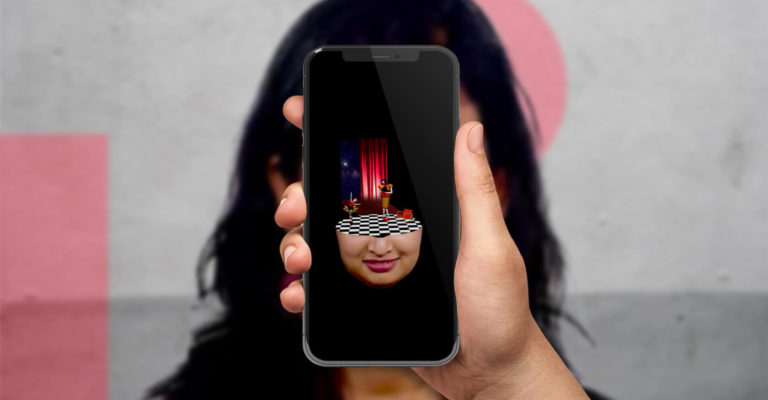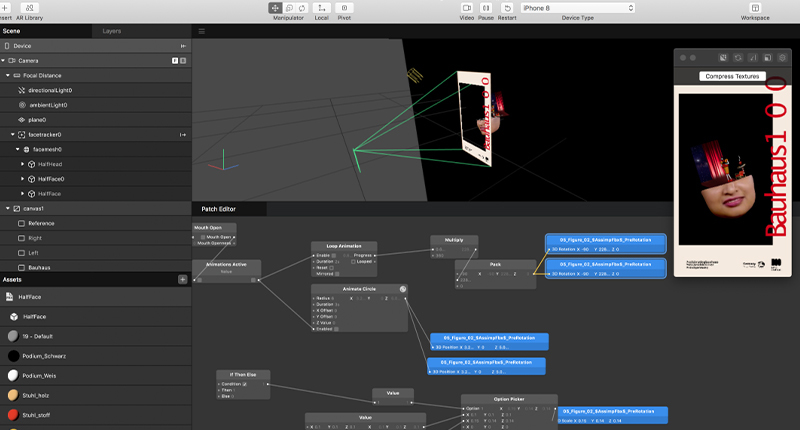
Insights: How we used SparkAR for the Bauhaus100 Facefilters
What did you want to accomplish with the project?
To answer a question with a question: Have you ever wanted to turn an iconic artwork into another form of art in itself?
We have - at least that’s how we approached the German National Tourist Board for their celebration of the Bauhaus movement. We pitched a social campaign to invigorate a new generation and translate master Bauhaus artists and their disciplines into a digital medium, setting out to produce 100 AR face filters for the big 100 year anniversary, (we couldn’t quite make 100 but it's the thought that counts).
What technical challenges did you encounter and how did you solve them?
This was definitely SparkAR itself - which was still in its “Kinderschuhen” when we started. To create visually stimulating effects, make-up layers, and three-dimensional masks, we needed to ‘hack’ the open software provided by Facebook. Iconic works were iterated and deconstructed to be interacted through facial recognition and expression, opening up new forms of interaction that we weren’t yet familiar with, which was exciting new territory!

What did winning the FWA award mean to you?
We live for that giddy excitement directly after hitting ‘submit’… You’re reloading the page full of butterflies, and when you land that 80 points threshold you’re hit with this euphoric rush. The visibility from the platform is another thing - still working towards #FWA100!
Tools used:
- Talent & passion! Editors note: *Yawn*
- Adobe Photoshop CC
- Spark AR Studio
Three hot facts:
- Steve Jobs was inspired by the Bauhaus philosophy
- There is a “BauhausLand” in Germany
- Mixing art and technology is at Bauhaus’ core - same as us, only we call it Creative Technology

This interview was first published on FWA after winning an FWA Of The Day for the Bauhaus100 Facefilter we created for the German Tourist Board.

